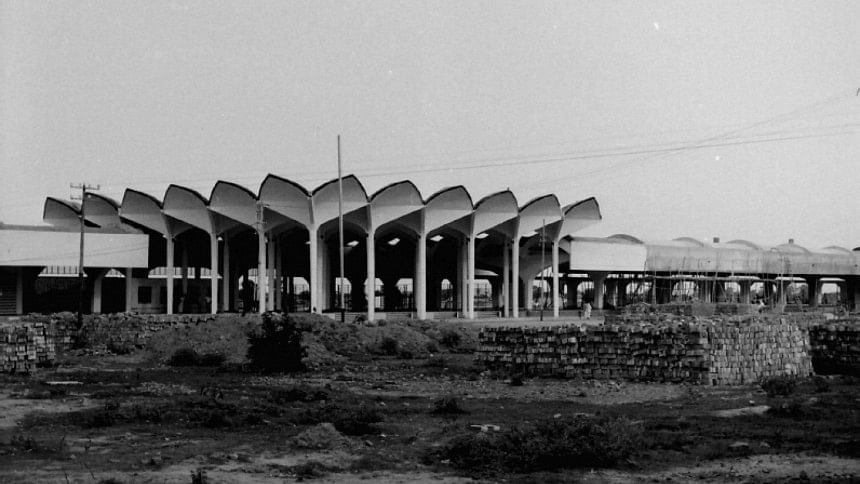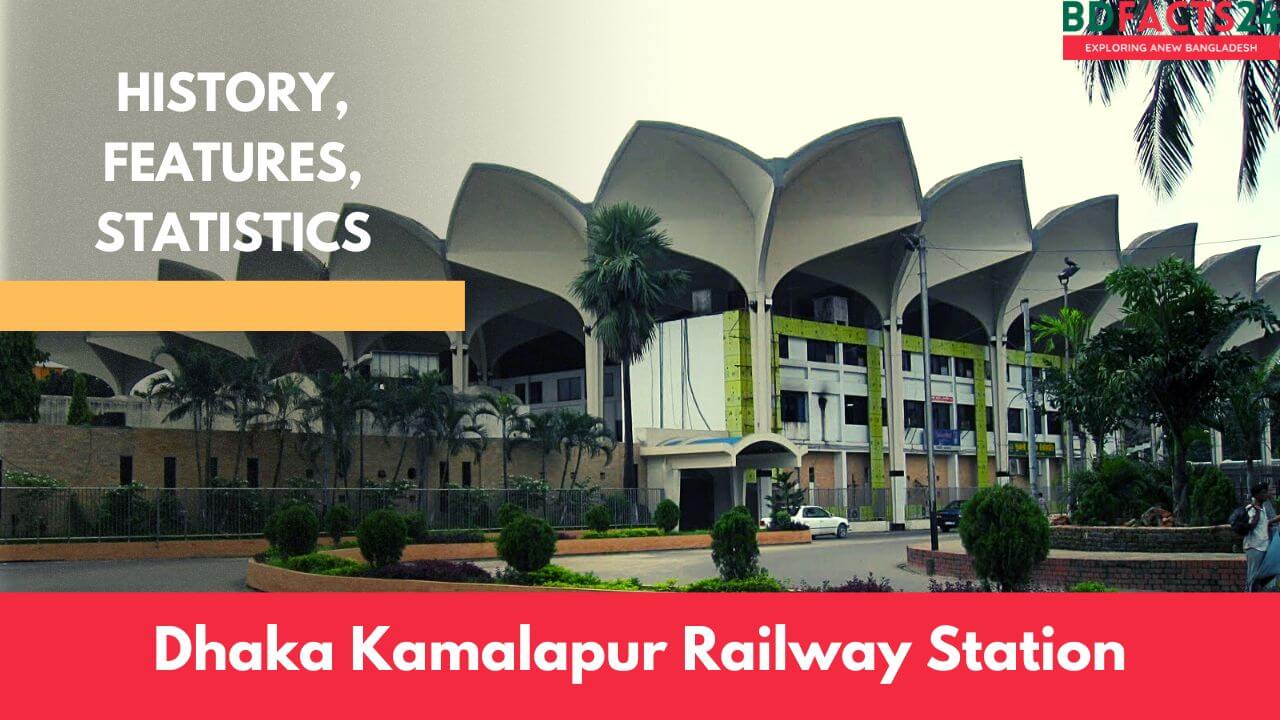Kamalapur Railway Station is one of the most iconic landmarks in Dhaka, Bangladesh. It is a testament to the country’s rich history and architectural heritage.
The station embodies the cultural and economic significance of rail transport that has shaped the nation for over a century.
With modern facilities, efficient service, and a strategic location, the station plays a critical role in connecting different districts of Bangladesh through its railway network.
Let’s explore the history, architectural detail, and significance of Kamalapur Railway Station Dhaka.
History of Kamalapur Railway Station Dhaka
Kamalapur Railway Station was built in the 1960s as part of Pakistan Railways’ modernization program. It was designed by American architect Robert Boughey, who was commissioned by the Government of Pakistan.
The station’s construction period was from 1961 to 1969, and it was officially inaugurated in 1969 by the then-President of Bangladesh, Yahya Khan.
The station was named after Kamalapur, the area where it is located, and was designed by the American architect Robert Boughey. Boughey was a renowned architect who had previously designed several important buildings in Bangladesh, including the parliament building and the Bangabhaban, the official residence of the President of Bangladesh.
Over the years, Kamalapur Railway Station has witnessed many significant events in Bangladesh’s history. During the Bangladesh Liberation War in 1971, the station served as a strategic location for the liberation fighters. Many freedom fighters arrived at Kamalapur Railway Station before heading towards the front lines.
After independence, Kamalapur became the hub of railway transportation in Bangladesh, connecting major cities across the country.
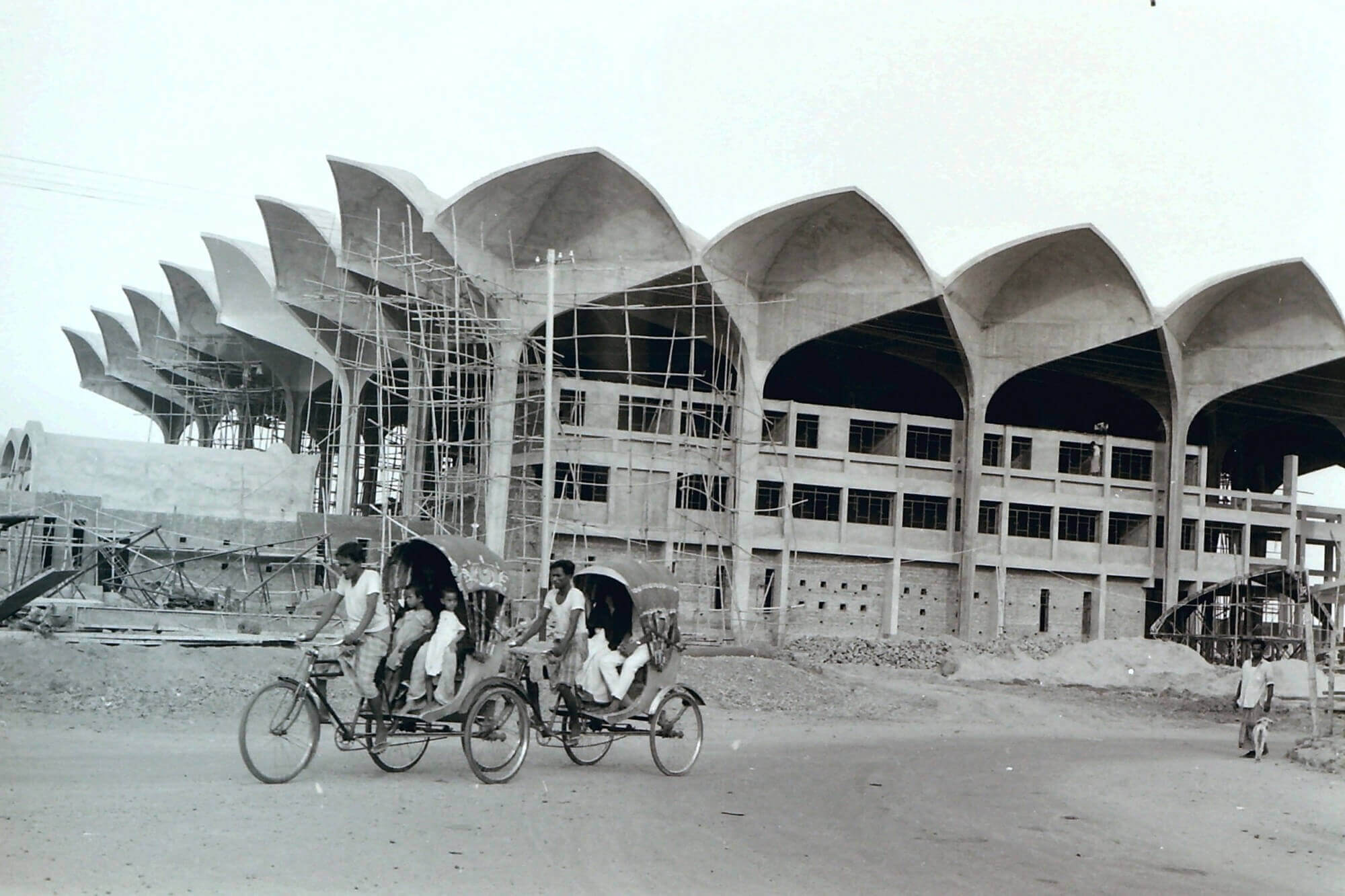
Architecture of Kamalapur Railway Station Dhaka
Kamalapur Railway Station’s architecture is a fusion of modern and traditional styles. The station’s design elements and features draw inspiration from Islamic and Bengali architecture.
The station’s interior is equally impressive, featuring large open spaces, high ceilings, and natural light. The main hall is adorned with a large chandelier and decorated with colorful tiles that depict the country’s culture and heritage. The station’s platform area is also notable, featuring a unique canopy made of steel and glass.
Development Cost for Kamalapur Railway Station Dhaka
Built at a cost of BDT 67.5 million (US$800,000), Kamalapur Railway Station Dhaka was inaugurated by the then Prime Minister of Bangladesh, Yahya Khan, on February 28, 1969 to be equipped with modern facilities such as air conditioning, stairs and elevators the roof will be given.
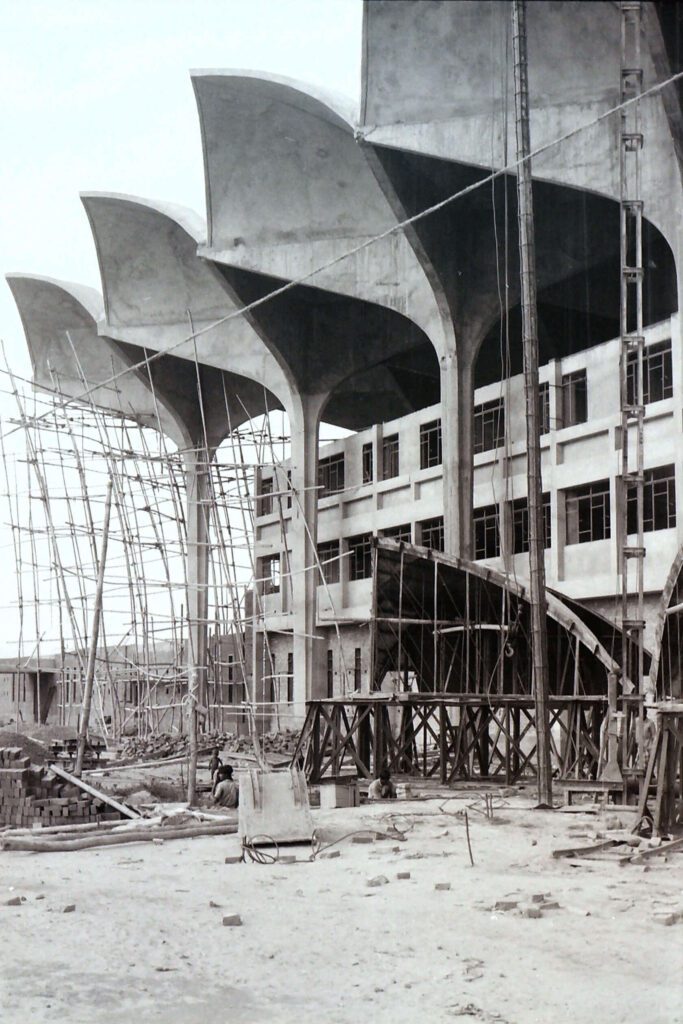
Significance of Kamalapur Railway Station Dhaka
Kamalapur Railway Station is not only a masterpiece of architecture but also has immense cultural and economic significance for Bangladesh. Reflecting the country’s history, culture and diversity, the station is a symbol of national identity and pride. It is an important transport hub connecting major cities in the country and contributing to the country’s economic growth.
In 2022, Kamalapur Railway Station Dhaka handled a total of 13,389,218 passengers, making it the busiest railway station in Bangladesh. The station also generated a revenue of BDT 2.2 billion (USD 22 million) aprox. in the same year.
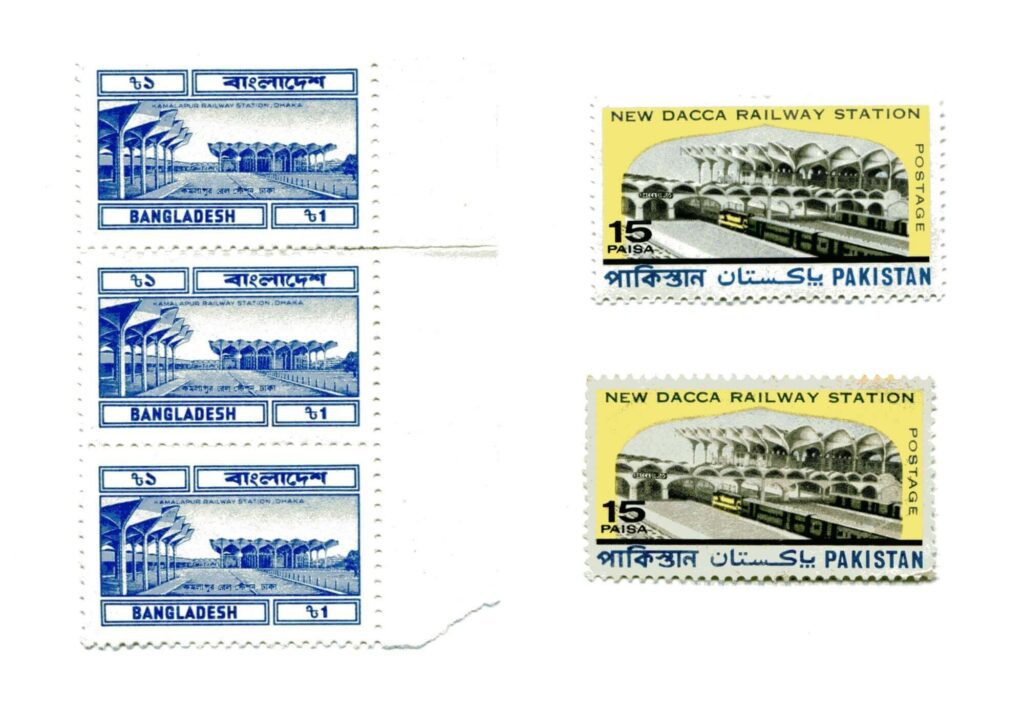
Some Challenges
Despite its historical and cultural significance, Kamalapur Railway Station faces many challenges. Aging infrastructure, lack of maintenance, and inadequate funding have resulted in deterioration over time. The station’s preservation is essential to ensure its long-term survival and safeguard the country’s heritage.
The station’s location in a busy area of the city also poses security concerns. To address these issues, the government and Bangladesh Railway are taking steps to modernize and upgrade the station, including expanding parking facilities and improving security measures.
Conclusion
Kamalapur Railway Station is a testament to Bangladesh’s rich history and architectural heritage.
The station’s importance extends beyond its architecture, serving as a vital transport hub and a symbol of national identity. As we look towards the future, preserving Kamalapur Railway Station’s legacy remains crucial to safeguarding the country’s heritage for future generations.
Kamalapur Railway Station Photos


